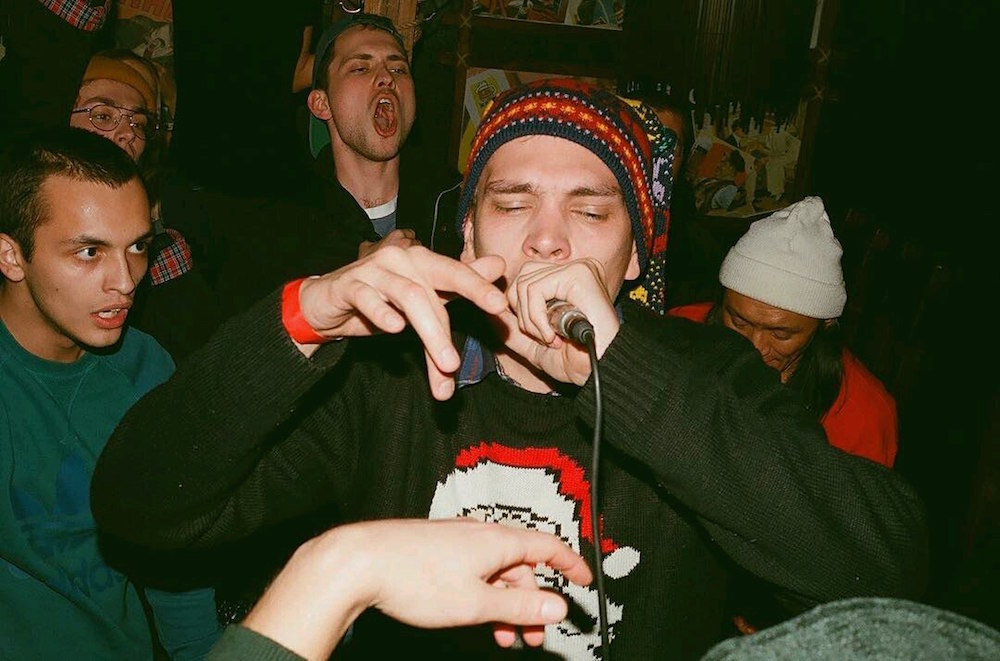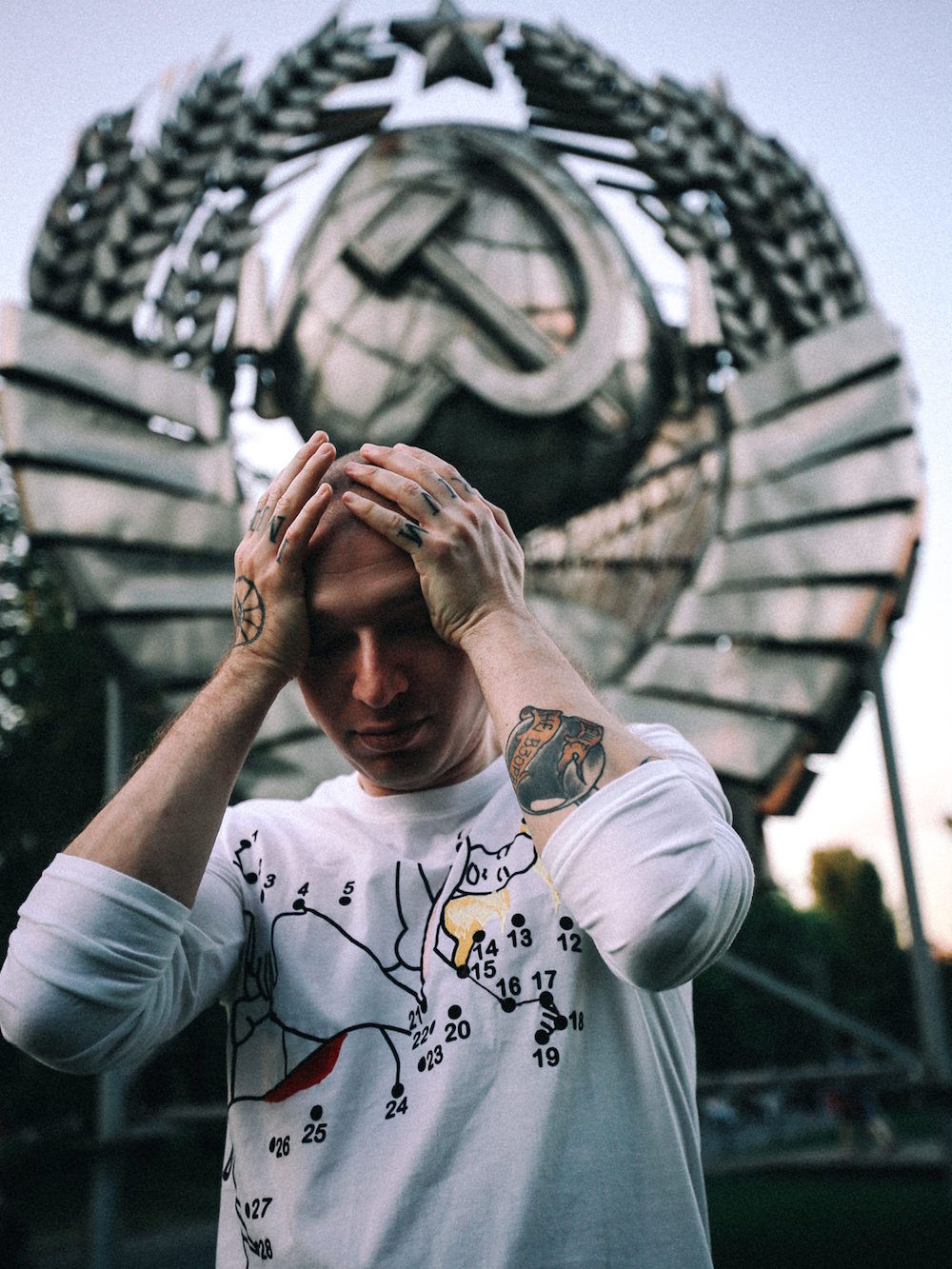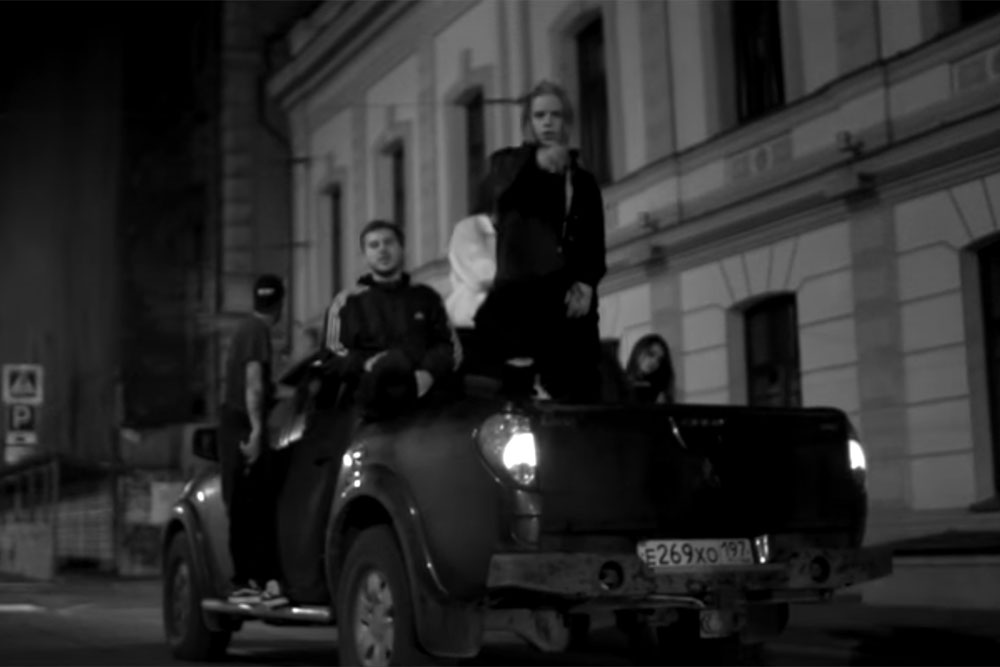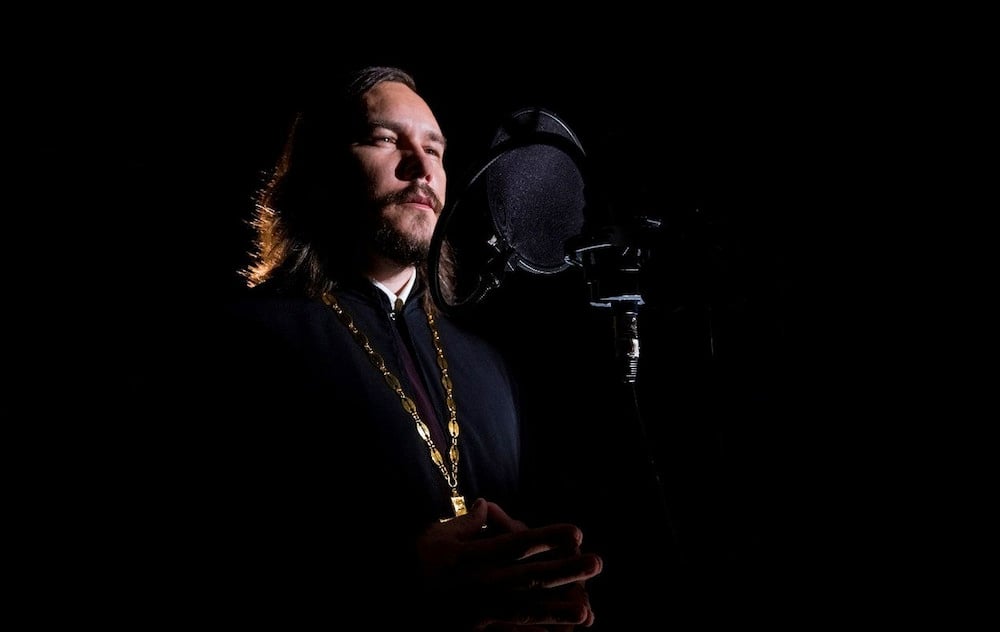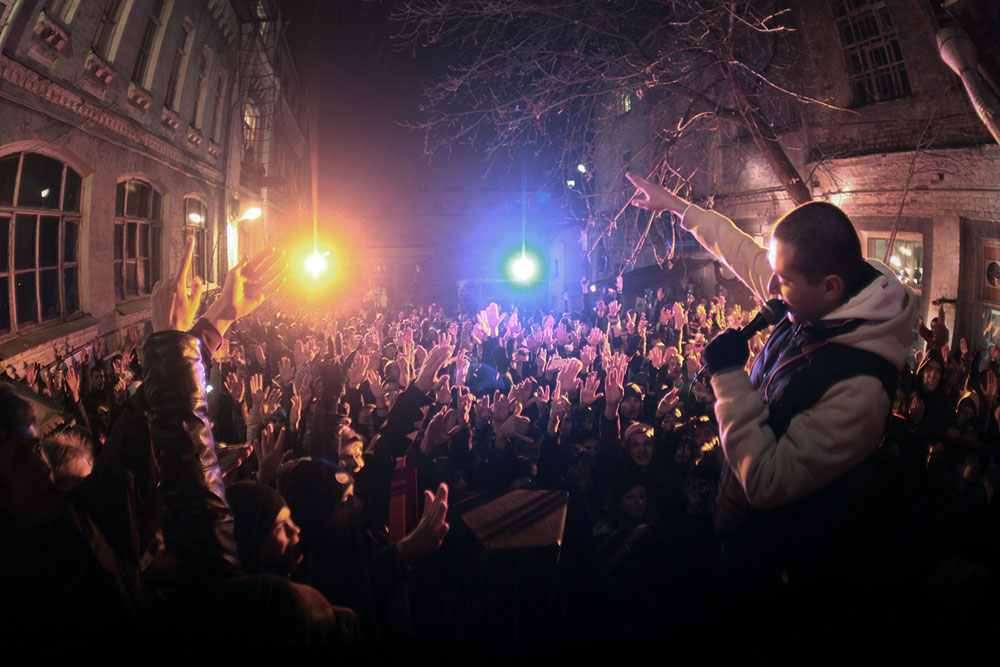Russia’s viral rap battle: is this the last cultural space for free speech?
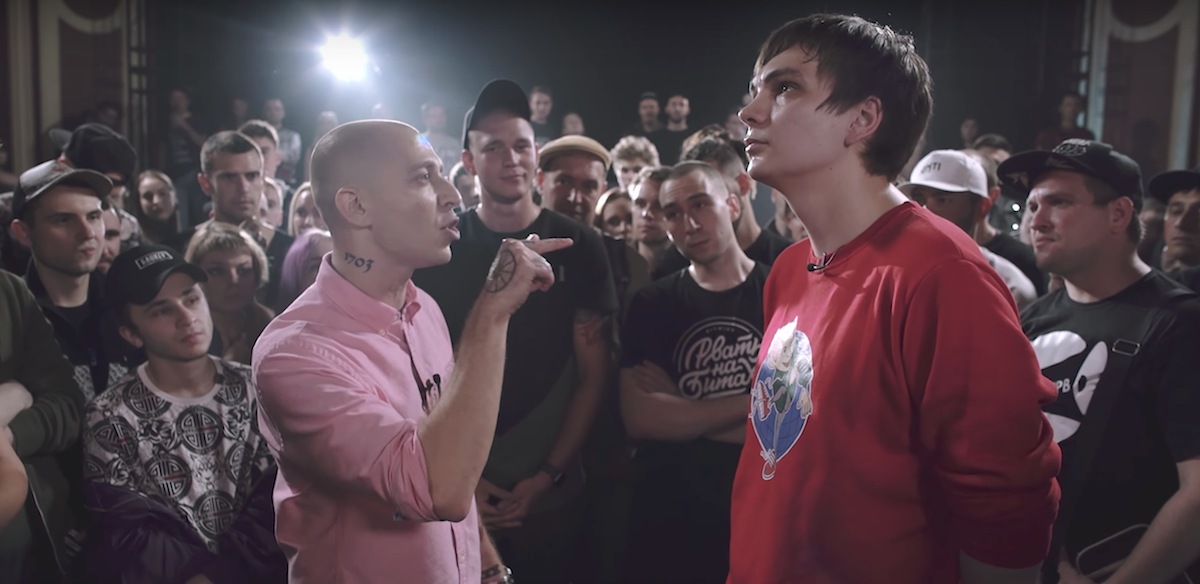
Last week a rap battle between Russian stars Oxxxymiron and Slava KPSS blew up the internet. But the popularity of this witty, controversial art form shouldn’t come as a surprise in the context of Russia’s deepening assaults on freedom of expression
Last week, news spread of a Russian rap battle racking up over 13 million views on YouTube in just two days — and 18 million in a week. Recaps were quickly written up, not just by music media but by general political news websites like Meduza; even the government news agency RIA Novosti dedicated 13 articles to the battle in the first 24 hours. How and why did rap battles get so big in Russia that they are more worthy of reports than actual news? Because in a highly-censored national cultural sphere they remain the one public space where you can aggressively express what’s on your mind.
The rap battle in question, between Russian rappers Oxxxymiron and Slava KPSS (who is better known as Gnoyny, or “The Rotten One”) has accumulated so much hype that, beyond reports from major media outlets, it got a shout out from the Russian parliament (when an MP was disgusted by the foul language used) as well as from opposition leader Alexey Navalny (who praised the poetry), spilling over from “Runet” into the global news. Articles ran in The Times, Hip Hop DX, Huffington Post, The Moscow Times, Global Voices and Radio Liberty. All this despite the battle being in Russian, full of in-jokes and extremely difficult to translate slang (even though Global Voices’ partial translation is good.
Hip Hop DX compares this battle’s YouTube stats to those of American battles, which usually reach a maximum of a few million views over time; conversely, several of Oxxxymiron’s battles have surpassed 5 million within a few days, with one even breaking the international record for rap battles views. But apart from the view count on YouTube, the popularity of the battles can be judged by who the organisers’ sponsors are: BMW, a Russian bookmaker company, one of the biggest private banks and the dating app Badoo. According to the Russian current events newsletter The Bell, the overall profit from such sponsorship could have brought in up to 5 million rubles (over $84,500) for the organisers. Views on YouTube can be easily bought, and hype in the news artificially constructed, but sponsorship investments of this scale likely point to the truth that these rap battles are huge. But why?
Anyone open-minded enough to rejoice in some highly poeticised and angry word-spitting revels in the battles, a curious mix of political debate, personal insults, cultural commentary and the boxing ring
Unlike politically conformist mainstream Russian hip-hop (take for example Timati, who travels in Chechen leader Ramzan Kadyrov’s private jet, rap battles, which grew out of a niche underground culture, offer an extremely free space for expression. It’s true that in one famous case some political references were beeped out in a battle between Gnoyny and Ernesto Zatknites (all of them from Gnoyny’s verses —he has since become the new enfant terrible of a subculture that immediately falls in love with anyone who can aggravate it); this censoring was partially explained by commercial interests and the need to retain sponsors who might be scared off by the sudden political turn of the battles. Plus, viewers didn’t take it too much to heart. After all, when a verse rhymes it’s easy enough to guess the words that have been beeped out.
The mainstream cultural environment in Russia is sterile to an unhealthy degree. It’s not just the political conversation, which is obviously stifled everywhere — from TV channels, all of which are more or less under the government control, to cinema, foreign TV shows, theatre and art exhibitions. Since 2014, the very language used in art is also controlled by the so-called “swearing ban”, which has affected art house and indie cinema in particular. In fact, the swearing ban is having a minor, if insidious effect on battle culture, too: publications that embedded the YouTube clip have been fined for their indirect broadcasting of profanities.
When all public cultural conversation is confined to safe topics and conducted in a pasteurised language full of phrases that date back to Communist leaders and school textbooks, it’s only natural that people take pleasure in the violent, raw communication of rap battles. Anyone open-minded enough to rejoice in some highly poeticised and angry word-spitting revels in the fresh format of the battles, which are a curious mix of political debate, personal insults, cultural commentary and the boxing ring. In just one verse Gnoyny elaborately refers to George Orwell alongside Russian authors Evgeny Zamyatin, Joseph Brodsky and Boris Pasternak, using the author’s names like weapons (“Your rap is pulp literature at best/It’s a collection of the most tired cliches in history/Oh, it’s such an original plot, look at it — a tragic love story in a dystopian setting!/Fuck me, I’m sure no one yet has come up with anything of the sort, right?/Not Zamyatin, not Orwell”); after Oxxxymiron dedicated an entire verse to Joseph Campbell’s comparative mythology study The Hero with a Thousand Faces, it immediately sold out on Ozon, one of Russia’s biggest online stores.
The aggression of the rappers mirrors that of educated young people excluded from a mainstream dialogue which they rightfully view as hypocritical and regressive. Of course the freedom of the battles and the machismo of rap mean that sometimes the conversation steers towards offensive language, which upsets many. But in the current cultural environment, when the choice is between desiccated televised apathy and the fresh, aggravating and sometimes problematic hip hop, most are still likely to be drawn towards the latter.
The Russian MP who was upset by the foul language of the battle (who also became infamous for his escapades during his days as the country’s Chief Sanitary Inspector) compared the level of conversation to a street brawl between gopniks, and said that the popularity of the video reflects the moral squalour of the youth. But then, coming from one of the government’s most renowned self-serving hypocrites, that sounds more like a ringing endorsement.
